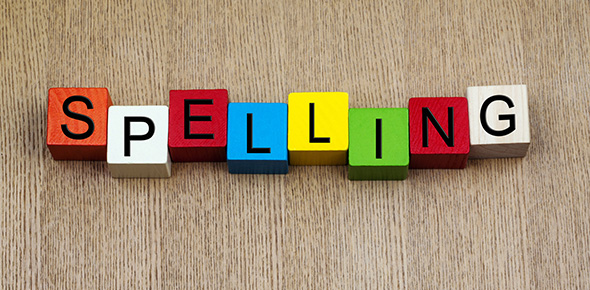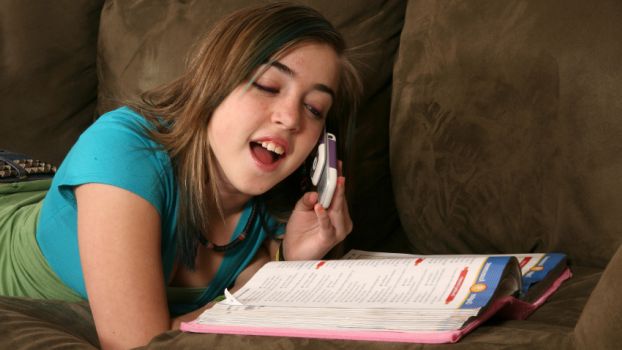How Reading Skills Improve Academics for Kids
Enhancing children’s reading skills is a cornerstone of academic success. As young minds embark on their educational journey, the ability to read proficiently opens the door to a world of knowledge and critical thinking. This essential skill not only provides the basis for academic success but also fosters a lifelong passion for learning.
The following are ways in which reading skills help improve the academic performance of kids:
Comprehension and Retention
Proficient reading involves not just decoding words but also understanding the meaning behind them. This skill enables children to grasp concepts more easily and retain information longer, providing a solid foundation for subsequent learning.
Vocabulary Expansion
Regular exposure to a variety of texts introduces children to new words and phrases. A robust vocabulary is crucial for effective communication in academic settings, enabling students to express themselves clearly and precisely.
Critical Thinking
Reading diverse materials challenges children to think critically about the information presented. They learn to evaluate, analyze, and synthesize information, fostering a more profound understanding of complex concepts and enhancing their problem-solving skills.
Academic Performance
Reading is an integral part of nearly every subject. Strong reading skills directly contribute to improved performance in various academic tasks, from understanding math problems to interpreting historical events.
Writing Proficiency
Exposure to well-written texts serves as a model for effective communication. Proficient readers often become adept writers, as they naturally absorb different writing styles and structures, enhancing their ability to convey ideas coherently.
Research Skills
The ability to extract information from various sources is a fundamental aspect of reading. Proficient readers develop strong research skills, an asset for academic projects and assignments across different subjects.
Confidence Building
Success in reading, whether mastering challenging texts or completing books, contributes significantly to a child’s confidence. This positive reinforcement creates a mindset that embraces challenges and sees learning as an achievable pursuit.
Problem-Solving Abilities
Exposure to diverse narratives and informational texts equips children with different perspectives and approaches to problem-solving. This flexibility in thinking enhances their ability to tackle challenges creatively and effectively.
Cognitive Development
Reading engages various cognitive functions, such as memory, attention, and concentration. The mental effort required to understand and process information in texts stimulates overall cognitive development, influencing a child’s capacity to learn and understand complex concepts.
Cultivating Curiosity
Reading sparks curiosity by introducing children to a multitude of topics and ideas. As they explore different subjects through reading, children develop a genuine interest in learning, laying the groundwork for a lifelong pursuit of knowledge.
Refining a child’s ability to read proficiently has a substantial impact on their academic trajectory. This extends beyond improving comprehension to nurturing critical thinking, fostering both academic success and a sustained passion for continuous learning.
To know more about ways to improve reading skills and reading tools offered by See-n-Read, you can visit 2533 Sutton Lane, Aurora, IL 60502-9461, or call 1-630-236-5592. You can also browse the reading tools at www.see-n-read.com



